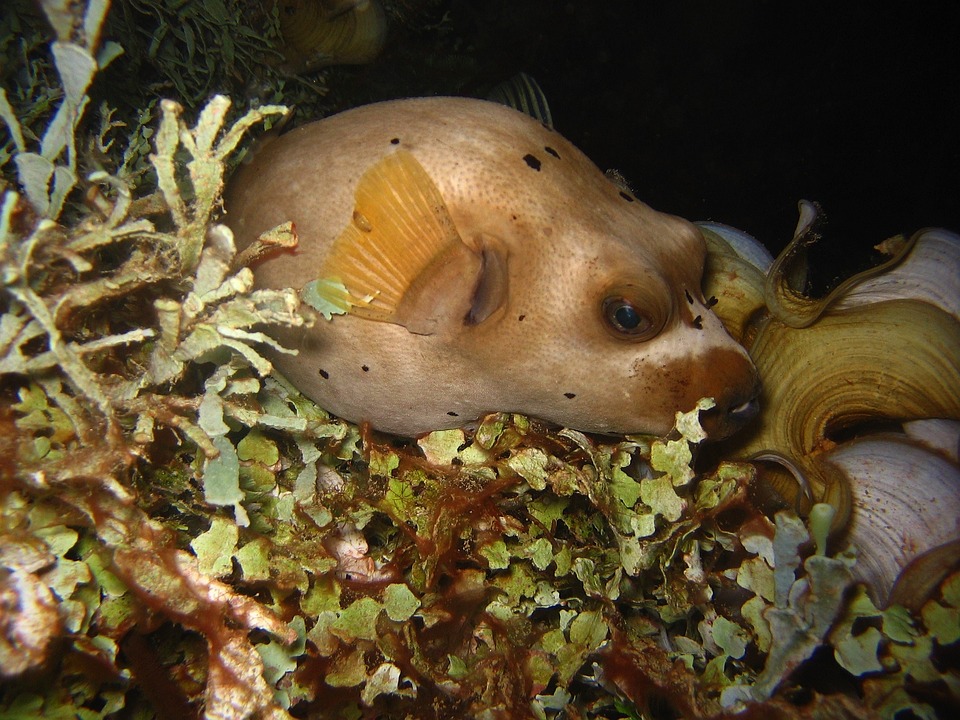Introduction:
Maintaining the health and well-being of your fish is crucial for their longevity and vitality. While a balanced diet of commercial fish food is essential, incorporating live food sources into their diet provides valuable nutrients and stimulates their natural feeding behaviors. In this article, we will explore the best live food sources for your fish tank, offering a variety of options to keep your aquatic friends happy and healthy.
I. The Benefits of Live Food for Your Fish
A. Enhanced Nutritional Value
Live food sources such as brine shrimp, daphnia, bloodworms, microworms, and cyclops offer a higher nutritional value compared to processed fish food. They are rich in proteins, essential fatty acids, and amino acids that contribute to the overall health and growth of your fish.
B. Stimulating Natural Feeding Behaviors
Live food sources encourage your fish to exhibit their natural hunting and foraging behaviors. This stimulation helps keep them mentally and physically active, preventing boredom and promoting a healthier lifestyle.
C. Promoting Optimal Digestion
Live food sources are easier for fish to digest compared to processed fish food. They are closer to their natural diet, making it easier for their digestive systems to break down and absorb the nutrients, reducing the risk of digestive issues.
II. Top Live Food Sources for Your Fish Tank
A. Brine Shrimp
1. Nutritional Value
Brine shrimp are rich in proteins and contain essential amino acids that support fish growth and development.
2. Easy Cultivation
Brine shrimp can be easily cultivated at home using a hatchery. Their eggs can be purchased and hatched within 24-48 hours.
3. Suitable for a Variety of Fish Species
Brine shrimp are suitable for both freshwater and saltwater fish, making them a versatile choice for your fish tank.
B. Daphnia
1. High Protein Content
Daphnia are high in protein and low in fat, making them an excellent food source for promoting fish growth.
2. Natural Source of Carotenoids
Daphnia contain carotenoids, which enhance fish coloration and overall appearance.
3. Encourages Fish Growth and Coloration
Regular consumption of daphnia can lead to improved growth and vibrant coloration in your fish.
C. Bloodworms
1. Rich in Protein and Essential Fatty Acids
Bloodworms are packed with proteins and essential fatty acids that support fish growth and overall health.
2. Ideal for Carnivorous Fish
Carnivorous fish species thrive on bloodworms due to their high protein content.
3. Freeze-dried or Live Options Available
Bloodworms are available in both freeze-dried and live forms, providing convenience and variety for feeding your fish.
D. Microworms
1. Excellent Food for Fry and Small Fish
Microworms are an ideal food source for newly hatched fry and small fish due to their small size and high nutritional value.
2. High Nutritional Value
Despite their small size, microworms contain essential nutrients that support healthy growth and development in fish.
3. Easy Cultivation Process
Microworms can be easily cultivated at home using a culture medium, providing a constant supply of live food for your fish.
E. Cyclops
1. Ideal for Small Fish Species
Cyclops are small, crustacean-like organisms that are perfect for small fish species as they are easily consumed.
2. Provides Essential Nutrients
Cyclops are rich in proteins, lipids, and essential vitamins, supporting the overall health of your fish.
3. Easy to Cultivate
Cultivating cyclops at home is relatively simple, requiring minimal equipment and maintenance.
III. FAQs about Live Food for Fish Tanks
A. Can I feed live food to all types of fish?
Live food can be fed to most fish species, but it is important to research the specific dietary needs of your fish and choose live food sources that are suitable for them.
B. How often should I offer live food to my fish?
Live food can be offered as a supplement to their regular diet once or twice a week. However, this may vary depending on the species and their specific nutritional requirements.
C. Can I purchase live food or should I cultivate it myself?
Live food can be purchased from pet stores or online retailers. Alternatively, you can cultivate your own live food sources at home, which can be a cost-effective and sustainable option.
D. What precautions should I take when introducing live food to my fish tank?
It is important to ensure that the live food sources you introduce to your fish tank are free from contaminants or diseases. Quarantine the live food before feeding it to your fish to minimize the risk of introducing harmful organisms.
E. Are there any alternatives to live food for fish?
If live food is not readily available or not feasible for your setup, there are high-quality commercial fish foods available that provide a balanced diet for your fish. These foods are formulated to meet the nutritional needs of various fish species.
Conclusion:
Incorporating live food sources into the diet of your fish tank inhabitants is an excellent way to enhance their overall health and well-being. From brine shrimp to daphnia, bloodworms to microworms, and cyclops, the options are plentiful. By providing a diverse diet that includes live food, you can ensure your fish receive optimal nutrition and engage in their natural feeding behaviors. Remember to choose live food sources suitable for your specific fish species and follow proper guidelines for cultivation and feeding. Your fish will thank you with vibrant colors, improved growth, and a longer, healthier life.









